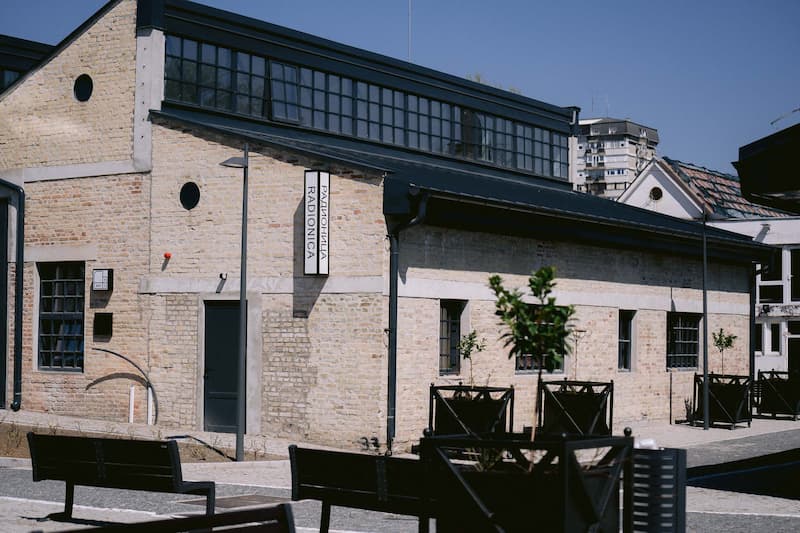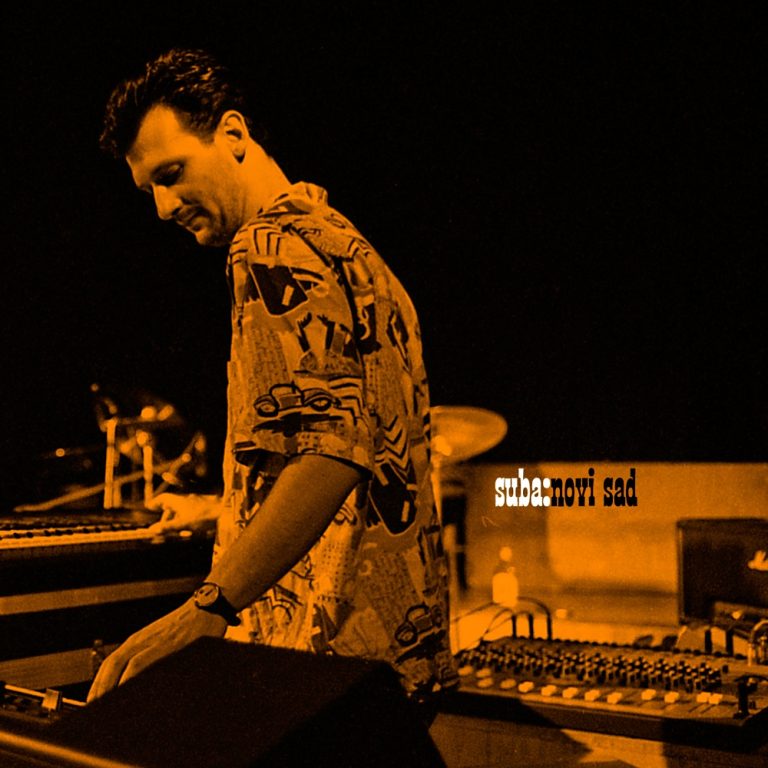The Creative District in the area of the former Great Liman will become a centre of creativity and cultural enrichment by the end of April, and the rich Flags of the Future programme will be held there for three days (28-30 April) in a renovated artists’ neighbourhood which will now shine with another renovated location – Radionica. The former wire factory, the space where carpenters, tinsmiths, and locksmiths worked, and the rich heritage that determined the Radionica’s identity, the ‘Kramer Brothers’ factory will now start rolling again.

The Creative District, redesigned and renewed in a space that boasts a 100-year-long history of craft heritage on 11,000 square meters, will contribute to the popularization of the Novi Sad art scene, as well as the cultural development of the audience. As part of the Flag of the Future programme, the Creative District will ‘tinge’ as many as 70 events with shades of art. Radionica, SCCNS Fabrika, Svetionik, and CS Liman are just some of the facilities that will feel the impact of good energy and culture on the move. We invite you to follow the calendar on our website and join us at Liman on 28, 29 and 30 April, because you’ll have the opportunity to enjoy four exhibitions, five plays, performances, workshops and drives, but also more than 30 concerts of young performers of various musical genres from the country and the region including Marko Louis, Purple is the Color, Turbojazz, Luka Rajić, Zoi, Tam, Nihil, and others.
From Industrial to Creative Shops
Thanks to the project Novi Sad – European Capital of Culture, the transformation of the industrial zone on the former Great Liman began a couple of years ago. In the Creative District, the long-gone sounds of machines and tools of this formerly industrial zone of the city were replaced with the creative drive of contemporary creativity. Through infrastructure projects, Novi Sad has set new practices for the preservation of architectural heritage, which started a new life with renewal and is made available to citizens. We bring you a short story about the creation of the Creative District, but also why the people of Novi Sad called it Chinatown.
In the years after World War I, the population in this area almost doubled, and at the same time, there was a serious development of metallurgical and masonry crafts. When the Bridgehead was demolished in 1923, the construction of a new industrial zone on Great Liman along the Danube began. At that time, numerous industrial facilities were built in the area of today’s Chinatown – turners, stone factories, wire factories, ironworks… and so the Chinatown became an industrial zone of Novi Sad, which developed together with the industrial zone along the Danube. And the name Chinatown spontaneously stuck among the people of Novi Sad because they said that there were as many workers there as there are Chinese people.
What used to be tool factories now became the cultural ‘factories’ and the new, renovated art scene of Novi Sad, and their aesthetics have served as an ideal environment for modern urban art. The location of Great Liman also contributed to that – being near the student city in Novi Sad, and on the bank of the Danube, not far from the Novi Sad bridges, which are already recognizable symbols of European values, multiculturalism and tolerance.
The flags of the future will transform the Creative District into an artistic district of creativity, culture, good sound and energy, and we strongly recommend you do not miss this part of the European Capital of Culture programme. Flags of the Future programme is supported by IDEA, DDOR, and A1 Srbija.
Photo: Vladimir Veličković







